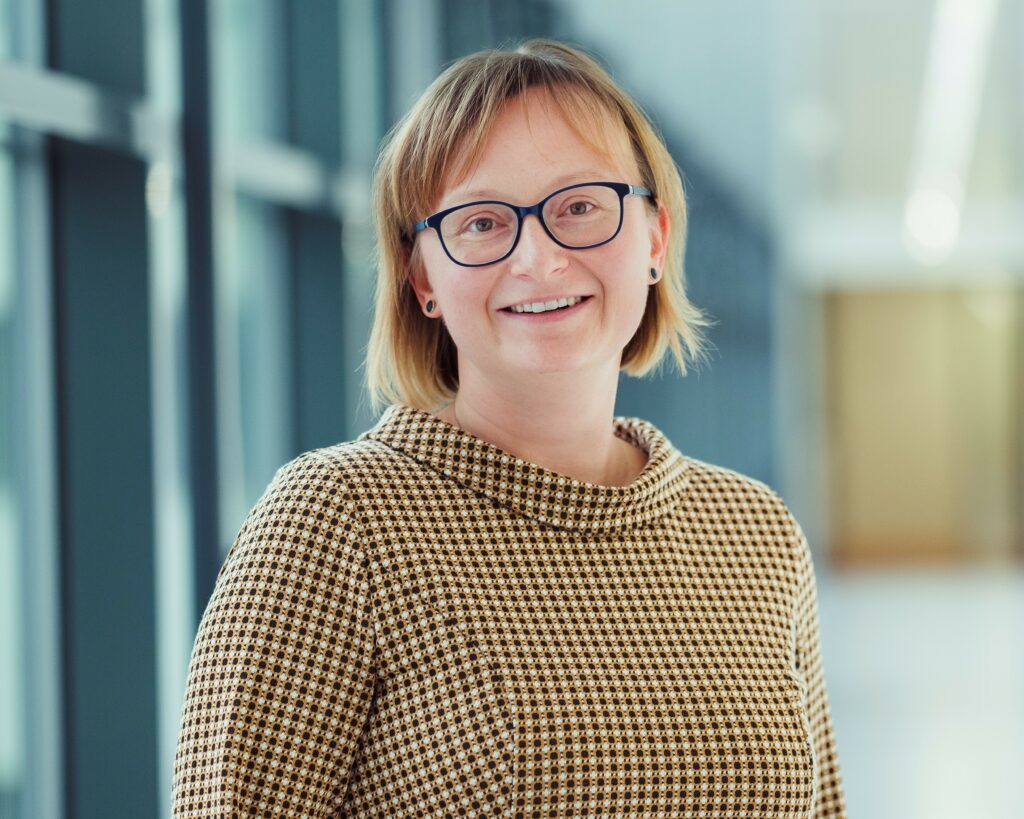The Potential of Ferroelectric HfO2 for Next Generation Microelectronics
September 1 (Thursday), 2022
11:30 am to 12:30 pm (EDT)
Virtual via Zoom
Abstract: Since the discovery of ferroelectricity in HfO2 thin films almost 15 years ago, research into this material for memory applications increased exponentially. As a CMOS compatible material already used as DRAM capacitor dielectric and as gate dielectric from 45 nm CMOS nodes onwards, a renaissance of scalable FRAM and FeFET also seemed possible. In recent years, improvement of typical memory parameters and identification of the ideal memory architecture was done. Since FeFETs are not only scalable but exhibit ultra-low power switching and low-latency bit cells, they are promising candidates for In-Memory-Computing Architectures and ideal for Edge AI applications. However, memory is not the whole story – as theory indicates, all ferroelectric materials are also pyroelectric and piezoelectric. These properties offer the possibility of using scaled CMOS technologies and integration on chip (or in package), for applications like CMOS integrated sensors, energy harvesters and energy storage.

Biography: Dr. Wenke Weinreich joined Fraunhofer Center Nanoelectronic Technologies for her PhD on new high-k materials for DRAM in 2006. In 2011, she began as a senior scientist at Fraunhofer IPMS (CNT Division), continuing the development of new high-k materials and their integration in MIM capacitors for memories and passives. In 2016, she headed the Energy Devices group dealing with CMOS-integrated Si-capacitors, Li-Ion batteries as well as many energy harvesting and sensor concepts. In 2019, she became head of the IOT Components & the Systems Business Unit within CNT, combining activities like low power sensors, power management, nanopatterning and RF as well as AI processors. Since 2020, she has been Director of the CNT division which combines two business units and 300 mm cleanroom infrastructure. In 2021, she also became Deputy Director of Fraunhofer IPMS.
